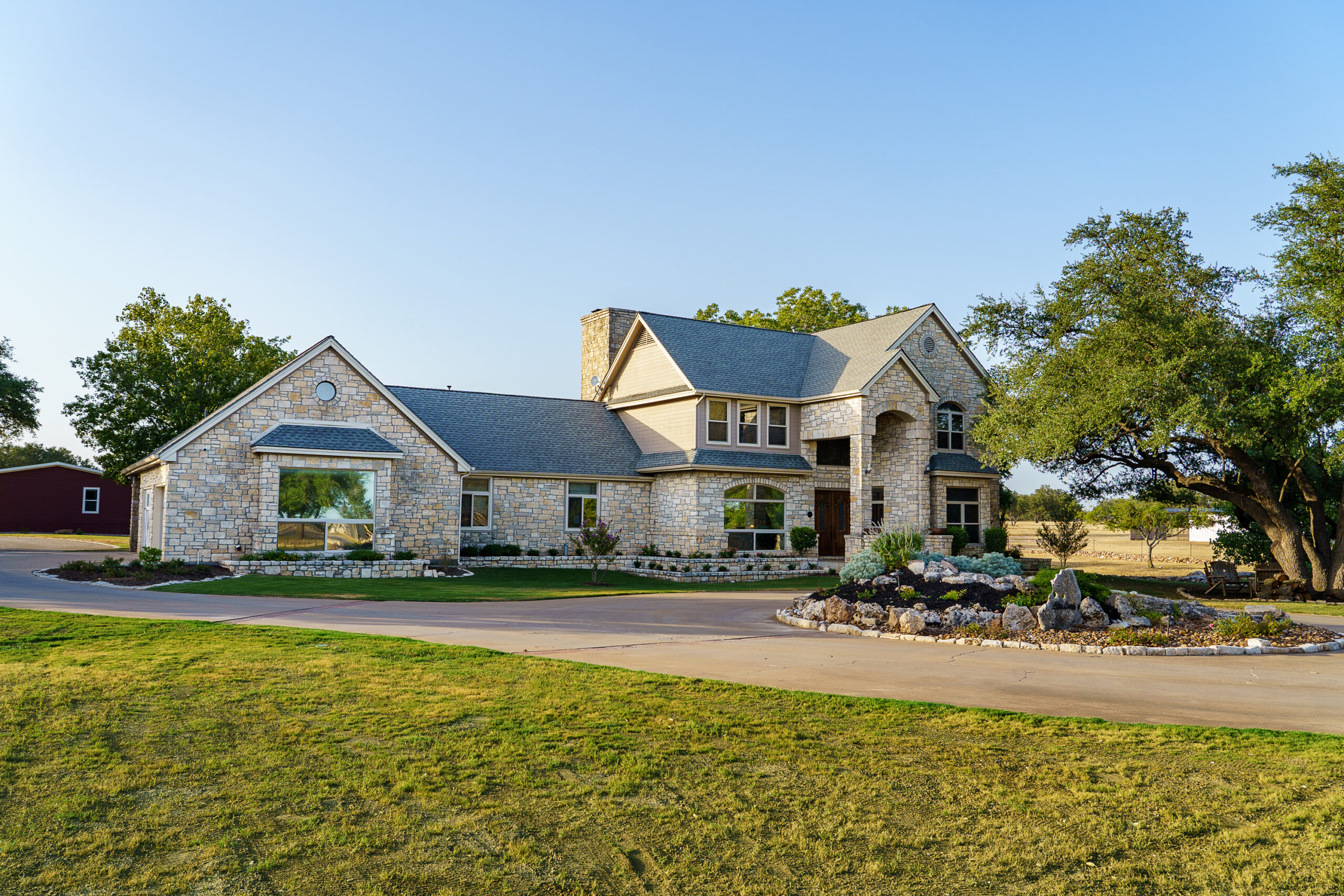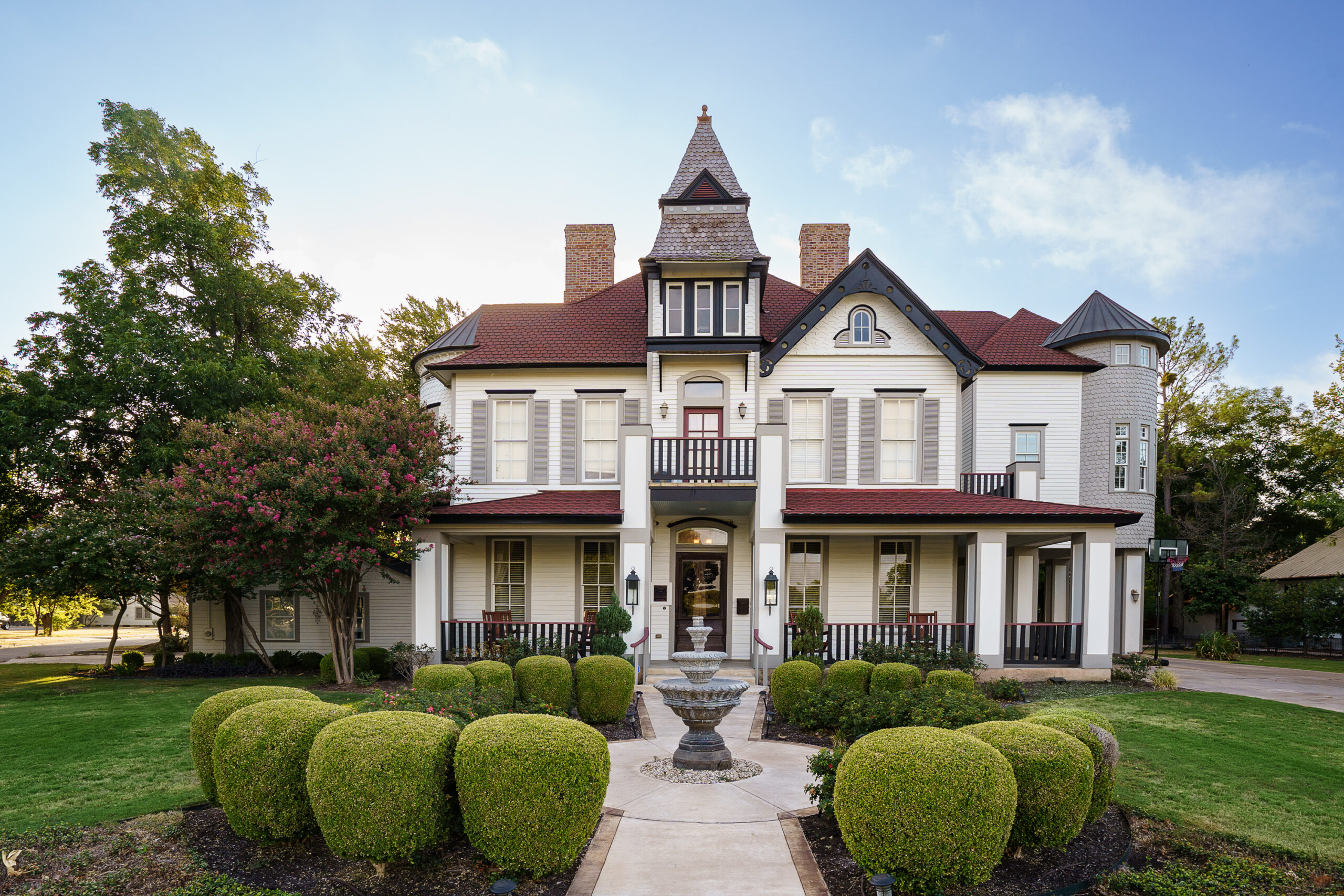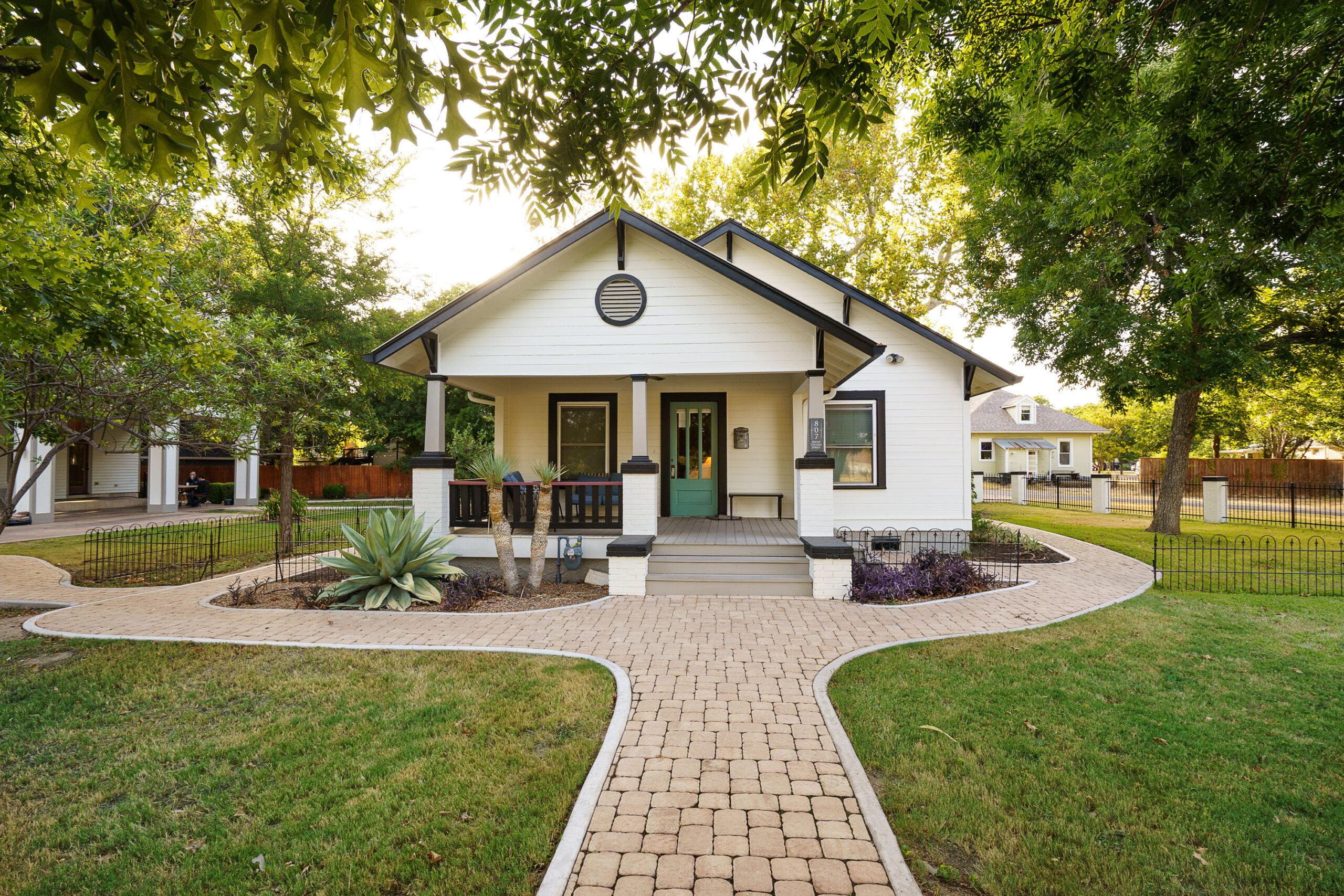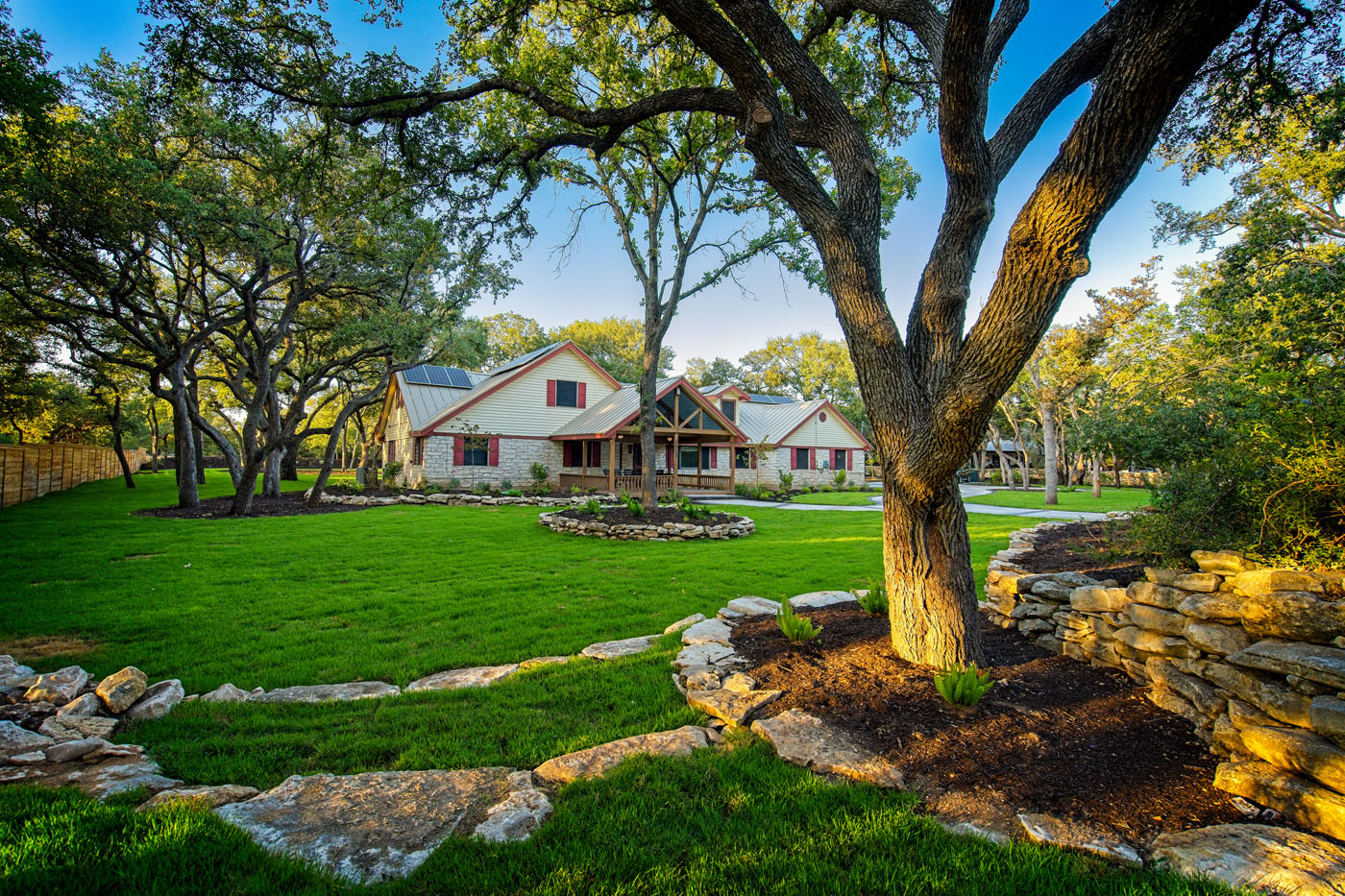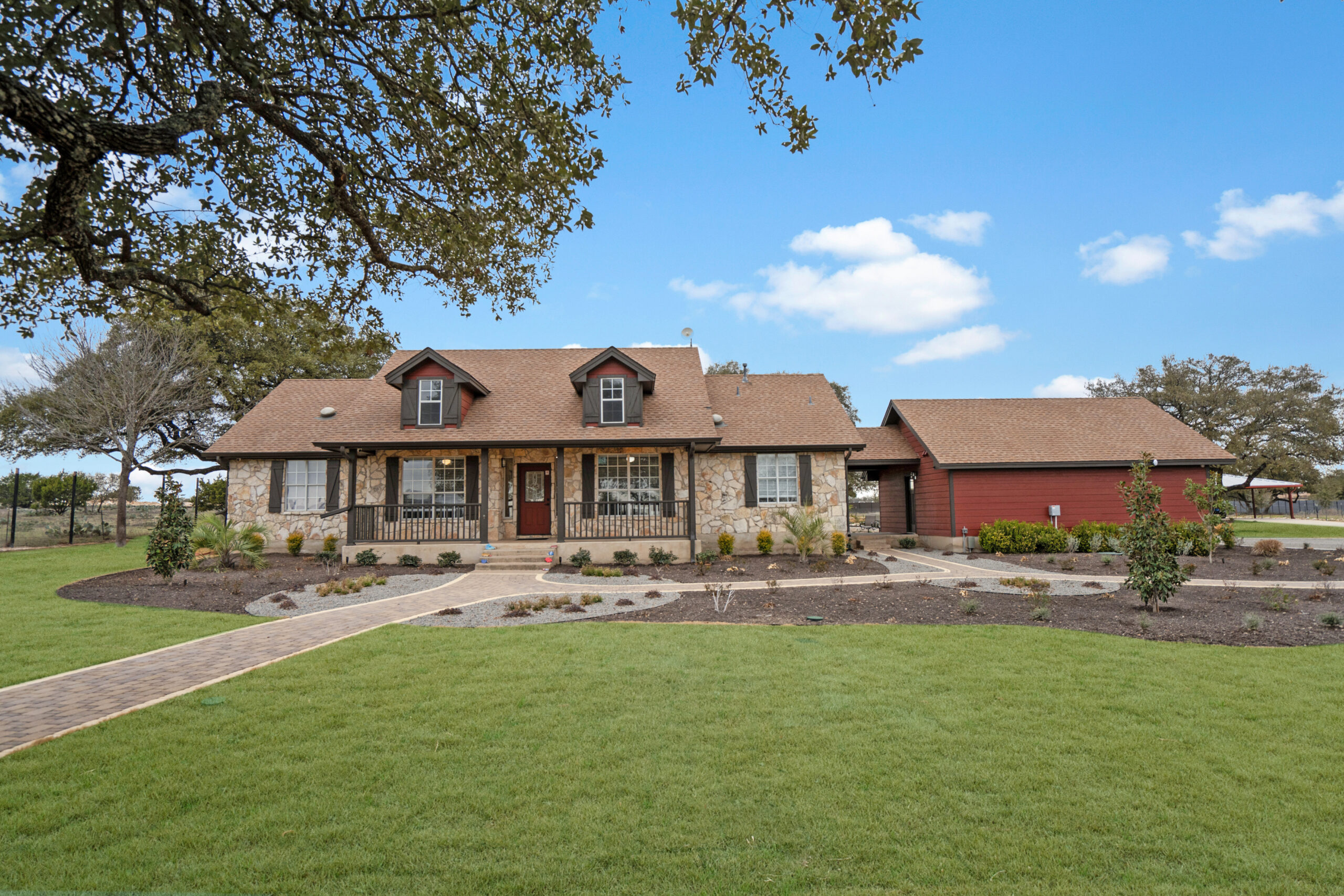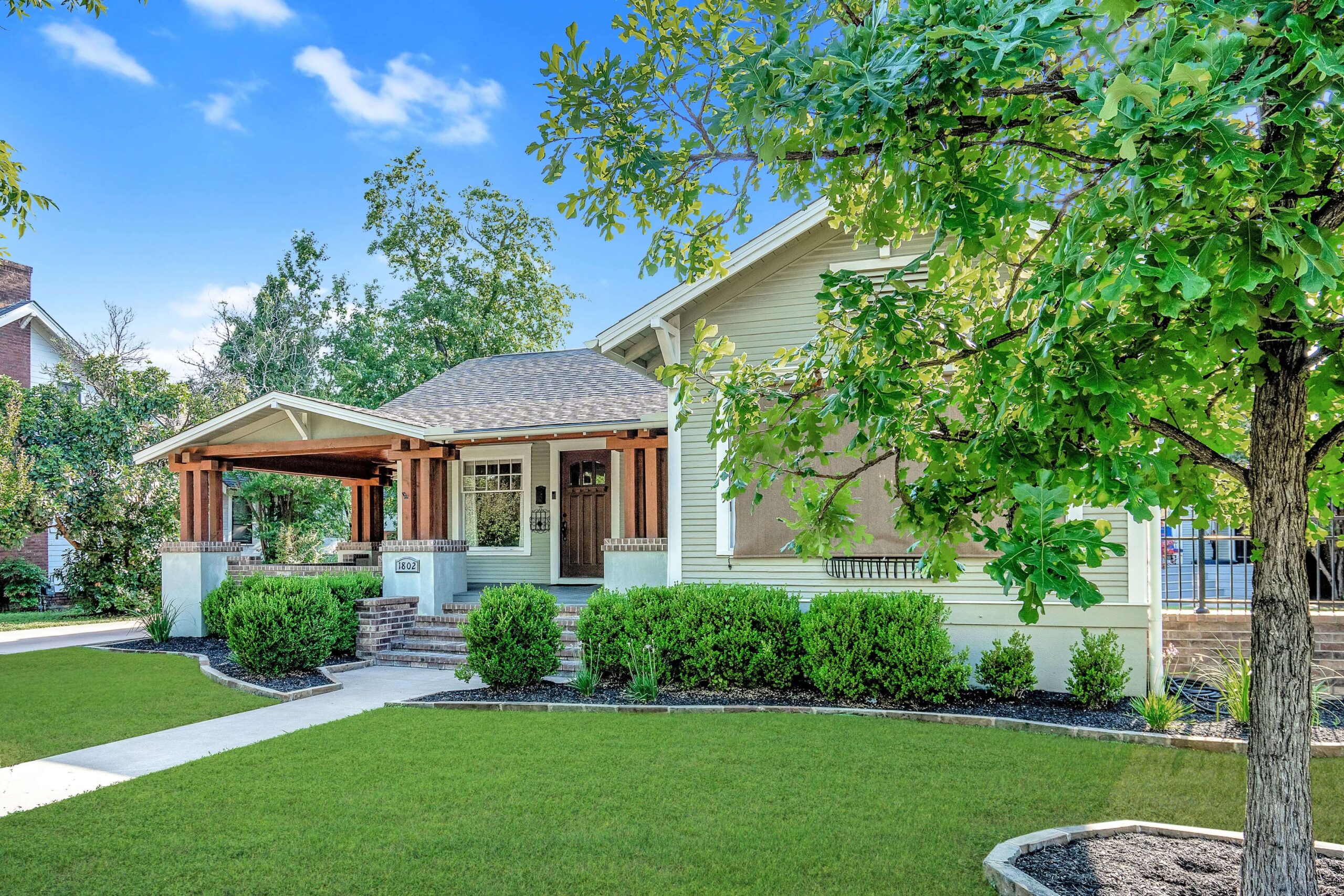Introduction to BPD Residential Treatment
Borderline Personality Disorder (BPD) is a serious mental health condition marked by emotional instability, interpersonal difficulties, and impulsive behavior. For many women, these symptoms can make daily life challenging. Seeking bpd residential treatment women can provide a structured, supportive environment for those struggling with BPD to learn coping mechanisms and strategies for managing their symptoms.
It’s crucial for women battling BPD to find a treatment setting that specializes in therapies like Dialectical Behavior Therapy (DBT), which is considered the gold standard for BPD treatment. These centers focus on creating a safe space for healing and growth while helping residents develop skills that promote emotional regulation and stability.
The Importance of Specialized Care
At the heart of effective bpd residential treatment women is specialized care tailored specifically to the unique needs women face. This kind of targeted treatment is vital because BPD often manifests differently in women than in men. Emotional regulation difficulties are often more pronounced, and there may be additional societal pressures that exacerbate symptoms.
Programs that consider these gender-specific factors can offer more effective interventions. They provide a comprehensive approach that incorporates therapies like DBT and Cognitive Behavioral Therapy (CBT), alongside holistic practices such as mindfulness and yoga, which cater to women’s overall well-being.
What to Expect in Residential Treatment
Entering a residential treatment program can be daunting, but understanding what to expect can ease the transition. Women in these programs often reside in safe, therapeutic environments where they receive intensive therapy and support. This immersive setting allows for a focused approach to breaking the cycles of emotional dysregulation.
Daily routines typically include individual therapy, group sessions, and activities aimed at building life skills. The staff-to-patient ratio is usually designed to ensure personalized care, allowing residents to receive the attention and support they need to thrive. Many centers emphasize community living, enabling residents to practice interpersonal skills in a supportive setting.
Key Questions for Choosing a Treatment Center
When evaluating options for bpd residential treatment women, it’s essential to find a center that aligns with your needs and preferences. Here are some critical questions to consider:
- Is the facility licensed as a mental health treatment center, and by whom?
- What specific therapies do they offer, such as DBT or MBT?
- What is the experience and training of the staff in treating BPD?
- What is the average duration of the treatment program?
- How does the center involve family members in the treatment process?
In-depth answers to these questions can provide insight into whether a center is well-equipped to address the complexities of BPD in women.
Addressing Common Misconceptions
What are some misconceptions about BPD treatment?
One prevalent misconception is that BPD is untreatable. While challenging, BPD is manageable with the right interventions. Residential treatment centers for women offer evidence-based therapies that can lead to significant improvements in emotional stability and quality of life.
Another false belief is that these programs are like hospitals. In reality, they often resemble community homes offering a blend of therapy and daily living skill development, aiming to provide a holistic approach to recovery.
Step-by-Step Process of Residential Treatment
The process for enrolling in bpd residential treatment women generally involves several steps. Here’s a typical outline:
- Initial Assessment: Prospective residents undergo a comprehensive evaluation to determine treatment needs and goals.
- Customized Treatment Plan: A personalized plan is developed, targeting the individual’s specific challenges with BPD.
- Therapeutic Intervention: Daily schedules include individual therapy sessions, group therapy, and skills training.
- Skills Application: Residents practice new skills in a controlled environment, gradually transitioning to more complex real-world scenarios.
- Aftercare Planning: As discharge approaches, a detailed aftercare plan ensures continuity of care, promoting sustained recovery.
How Do You Know if Residential Treatment is Right for You?
Choosing residential treatment is a significant decision. It might be the right choice if other treatment approaches have not yielded the desired results or if symptoms have escalated to a level that severely impacts daily functioning. Women who find themselves in crisis, unable to manage their emotions or behaviors in a less intensive setting, might benefit from the immersive nature of residential care.
Ultimately, the decision should be made in consultation with mental health professionals who understand the nuances of BPD and the specific needs of women. Achieving a stable, fulfilling life is possible with the right combination of therapy, support, and personal commitment to recovery.
What makes residential treatment programs particularly effective for women with Borderline Personality Disorder?
Residential treatment programs are designed to provide a structured, supportive environment that is often necessary for women dealing with Borderline Personality Disorder (BPD). These programs offer a sanctuary away from the triggers and stresses of daily life, allowing individuals to focus solely on recovery. Specialized therapies, like Dialectical Behavior Therapy (DBT), are central to these programs as they help women develop emotional regulation skills, a critical need distinctively more pronounced in women than in men. Moreover, the communal living aspect of these programs offers a valuable opportunity for women to practice interpersonal skills in a safe setting, which can be transformative and empowering. A personal story might help illustrate this–consider a woman who has lived most of her life caught in cycles of emotional upheaval. In a residential setting, she can finally breathe, supported by both peers and professionals who understand her situation, creating a fertile ground for healing and growth.
How can you choose the best residential treatment center that caters specifically to women with BPD?
Selecting the right treatment center is a critical step in a woman’s journey to recovery from BPD. The key is finding a place that not only specializes in treating BPD but also addresses the unique ways in which it manifests in women. Essential questions to ask include what types of therapies are offered, such as DBT or Cognitive Behavioral Therapy (CBT), and the level of training and experience the staff has in dealing with BPD. Another important factor is how the program involves family in the treatment process since support networks can significantly impact recovery. Picture this: you visit a center and, during the tour, you see therapy sessions in action, meet with some staff members, and discuss treatment methods. It’s the place where everyone knows your name and your story, and they are dedicated to helping you rewrite it. Consider reaching out directly to centers to get a sense of their approach and ethos, and always consult with mental health professionals who can offer insights into the appropriate level of care needed.
What are some common misconceptions about residential treatment for BPD, and what is the truth?
A widespread misconception about BPD is that it is untreatable, which can discourage many from seeking help. However, this couldn’t be further from the truth; with the correct treatment strategies, including those offered in residential programs, individuals can achieve significant improvements. Another myth is that residential treatment centers are akin to sterile hospital environments. In reality, these centers often resemble comforting homes, dedicated to creating a nurturing environment conducive to emotional healing. Imagine walking into a center that feels more like a supportive community rather than a clinical setting, where laughter is heard, and relationships are built. The goal is not just to stabilize but to inspire a new way of living, encouraging residents to envision a future where they can thrive.
What unique benefits do residential programs provide over outpatient treatments for women with BPD?
Residential programs offer a level of intensity and immersion that often isn’t possible in outpatient settings. The primary benefit is the 24/7 access to professional care, which ensures that residents receive continuous support and intervention as needed. This constant support can be crucial when dealing with the unpredictable nature of BPD symptoms. Additionally, the community aspect fosters an environment of shared experiences and mutual support, providing a safe space for practicing new skills. For example, consider a woman who struggles with interpersonal relationships; in a residential program, she has the chance to interact with others who are also learning. This environment allows her to apply DBT skills in real-time, while peers and staff provide immediate feedback and support, reinforcing her learning and growth.
How do you know if residential treatment is the right choice for you?
Deciding to enter a residential treatment program is a significant decision and typically comes after other treatment modalities have been explored without sufficient success. It may be the right choice if your symptoms have reached a point where they disrupt daily functioning severely, or if there’s an immediate risk to your health. In residential care, the immersive environment may provide the necessary reset to begin meaningful recovery. It’s like hitting the pause button on life to focus entirely on self-healing. Consulting with a mental health professional is crucial; they can guide you in understanding whether residential treatment is the appropriate next step. Ultimately, it’s about finding a place where you feel safe, supported, and ready to engage in the hard work of recovery. Ask yourself: what environment will help you thrive?
Why is specialized care so important in treating BPD, especially for women?
Specialized care recognizes that BPD can manifest differently in women, focusing on those differences to tailor treatment effectively. Women often face additional societal pressures and stigma that can exacerbate symptoms, making gender-specific care essential. Programs that incorporate therapies like DBT and CBT while considering holistic approaches such as mindfulness and yoga can offer comprehensive and effective treatment. Imagine a program where every aspect of your being is addressed–emotional, physical, and social–leading to a more profound understanding and management of your condition. Specialized care not only attends to BPD symptoms but also builds resilience and self-awareness, empowering women to reclaim control over their lives. The goal is to move beyond coping to flourishing, and specialized care makes that possible.
What might be some unexpected challenges in residential treatment, and how can one prepare for them?
Adjusting to residential treatment can come with its own set of challenges. Initially, it might feel overwhelming to be away from familiar environments and routines. One common hurdle is the intensity of emotions that can arise when deeply engaging with treatment. It’s important to approach these challenges with an open mind and patience, understanding that discomfort is often a part of the growth process. Preparing for residential treatment could involve creating a personal mantra or having mindfulness techniques ready to help ground yourself. Also, communicating with the treatment team about your fears or concerns can make the transition smoother. Remember, you’re not alone; many have walked this path and emerged stronger. The discomfort is often temporary, but the growth you achieve can be lasting. How can you prepare yourself mentally and emotionally for this journey?
